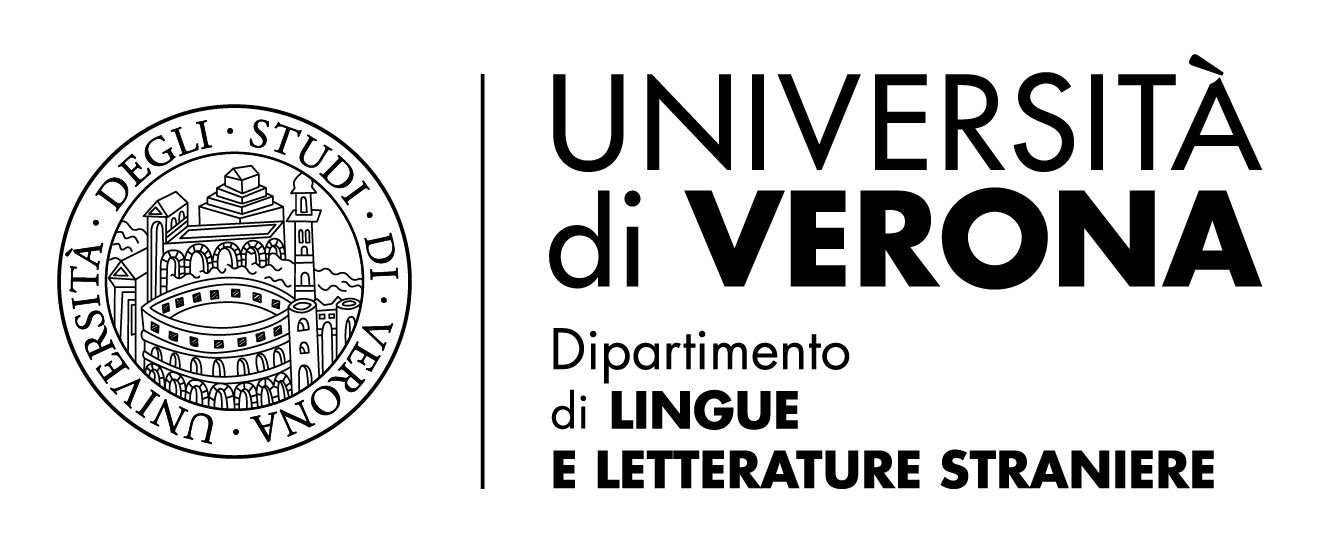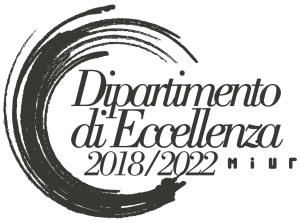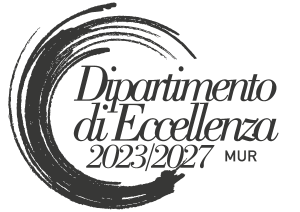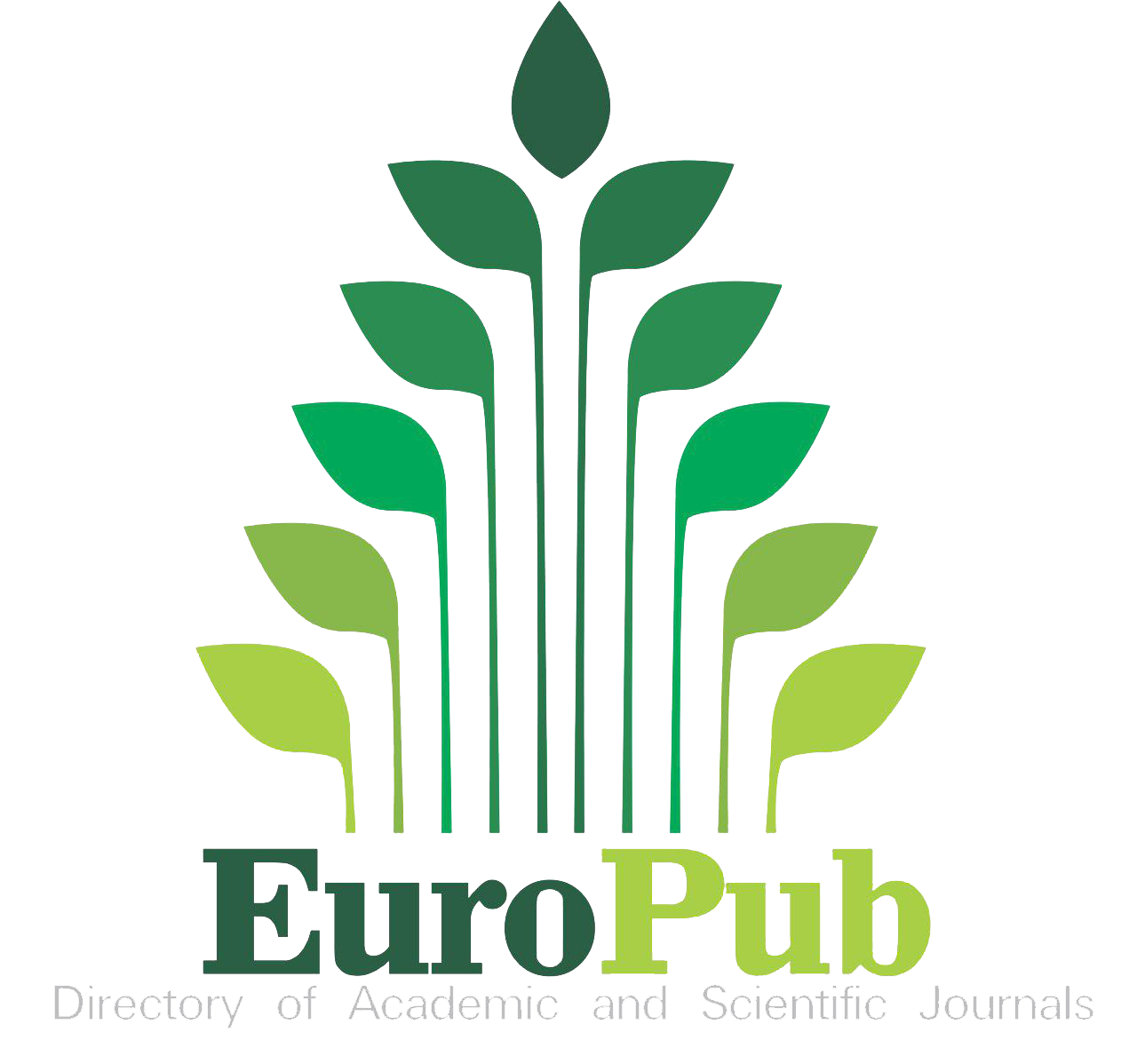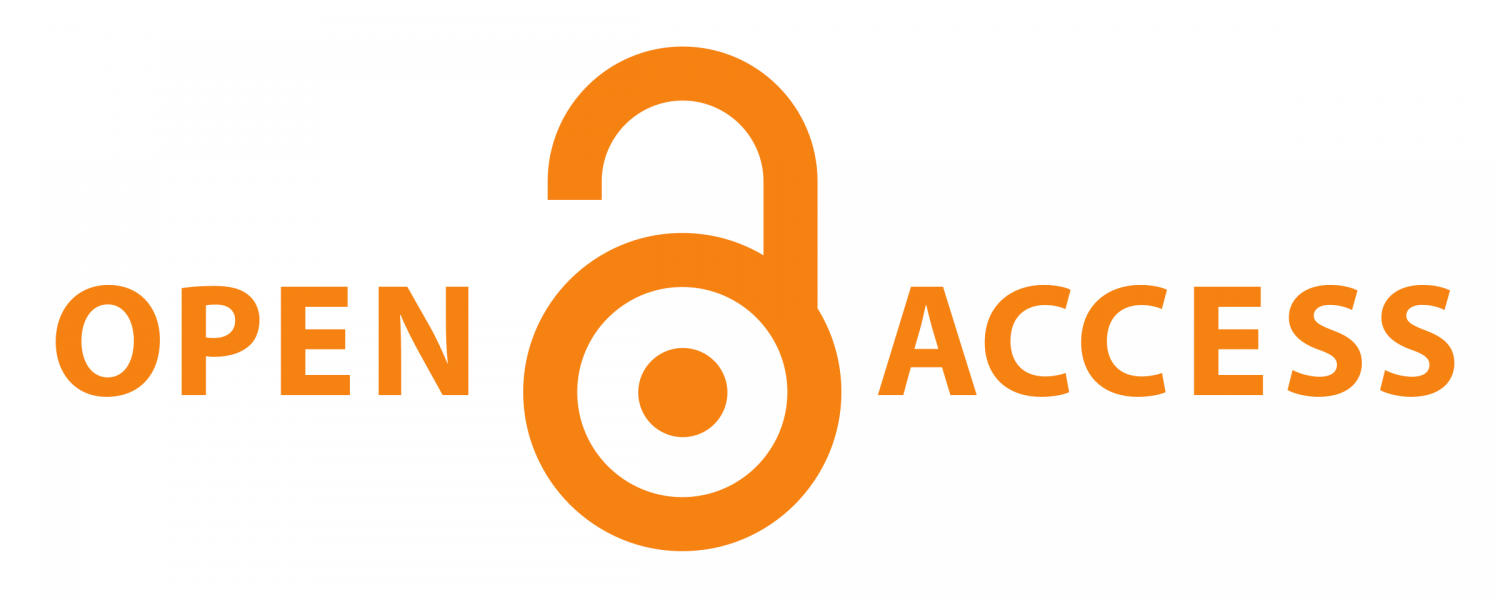AI-Driven Intralingual Translation across Historical Varieties
Theoretical Frameworks and Examples from Early Modern English
DOI:
https://doi.org/10.13136/2281-4582/2024.i24.1517Parole chiave:
Early Modern English, Literary texts, Specialized texts, Intralingual translation, Modernization, AIAbstract
This article examines how Artificial Intelligence (AI) can transform intralingual translation, with a focus on historical varieties, particularly Early Modern English. It explores the foundations of AI-based translation, addressing both the challenges and opportunities of applying this technology to linguistic change over time. Drawing from models in linguistics, natural language processing, and historical linguistics, the study investigates the modernization of Early Modern English, using literary and specialized texts to demonstrate AI’s effectiveness in handling complex vocabulary and syntax. The paper also evaluates AI's impact on fields like historical linguistics and digital humanities, discussing both the benefits and the limitations, such as the risk of anachronism and the need for human oversight. Additionally, it considers how AI-driven translation can contribute to the digitization and accessibility of historical texts, broadening access to linguistic resources and enhancing appreciation for language evolution.
Riferimenti bibliografici
Baron, Alistair and Paul Rayson. “VARD 2: A Tool for Dealing with Spelling Variation in Historical Corpora.” Proceedings of the Postgraduate Conference in Corpus Linguistics, Aston University, Birmingham, UK, 22 May 2008. https://ucrel.lancs.ac.uk/people/paul/publications/baronraysonaston2008.pdf. Last visited 18/03/2024.
Boden, Margaret A. “Creativity and Artificial Intelligence.” Artificial Intelligence 103.1-2 (1998): 347-356.
ChatGPT-4. Open AI, 2023. https://chatgpt.com/. Last visited 19/12/2024.
Ciambella, Fabio. Teaching English as a Second Language with Shakespeare. Cambridge: Cambridge University Press, 2024.
Craig, Hugh and Brett Greatley-Hirsch. Style, Computers, and Early Modern Drama: Beyond Authorship. Cambridge: Cambridge University Press, 2017.
Craig, Hugh and Arthur F. Kinney. Shakespeare, Computers and the Mystery of Authorship. Cambridge: Cambridge University Press, 2010.
Crystal, David. ‘Think on My Words’: Exploring Shakespeare’s Language. Cambridge: Cambridge University Press, 2012.
Dartnall, Terry, edited by. Artificial Intelligence and Creativity: An Interdisciplinary Approach. New York: Springer, 1994.
Domingo, Miguel and Francisco Casacuberta. “Interactive Machine Translation for the Language Modernization and Spelling Normalization of Historical Documents.” Pattern Analysis and Applications 26 (2023): 1601-1614.
Guerberof Arenas, Ana. “Pre-editing and Post-editing.” The Bloomsbury Companion to Language Industry Studies. Edited by Erik Angelone, Maureen Ehrensberger-Dow and Gary Massey. London: Bloomsbury, 2020. 333-360.
Ivcevic, Zorana and Mike Grandinetti. “Artificial Intelligence as a Tool for Creativity.” Journal of Creativity 34.2 (2024): 100079.
Kliffer, Michael D. “Post-editing Machine Translation as an FSL Exercise.” Porta Linguarum Revista Interuniversitaria de Didáctica de las Lenguas Extranjeras 9 (2008): 53-67.
Lau, Jey H., et al. “Deep-speare: A Joint Neural Model of Poetic Language, Meter and Rhyme.” Proceedings of the Annual Meeting of the Association for Computational Linguistics (ACL) (2018): 1948-1958.
Lau, Jey H., et al. “Deep-speare Crafted Shakespearean Verse That Few Readers Could Distinguish from the Real Thing.” IEEE Spectrum 57.5 (2020): 40-53.
Marquilhas, Rita and Iris Hendrickx. “Manuscripts and Machines: The Automatic Replacement of Spelling Variants in a Portuguese Historical Corpus.” International Journal of Humanities and Arts Computing 8.1 (2014): 65-80.
Massey, Gary, Elsa Huertas-Barros and David Katan, edited by. The Human Translator in the 2020s. London: Routledge, 2022.
Mattioda, Maria Margherita, Alessandra Molino and Lucia Cinato. “L’intelligenza artificiale per la traduzione: orizzonti, pratiche e percorsi formativi.” MediAzioni 39 (2023): A1-A16.
Murphy, Sean, et al. “What Do Students Find Difficult When They Read Shakespeare? Problems and Solutions.” Language and Literature 29.3 (2020): 302-326.
Quah, C. K. Translation and Technology. Basingstoke: Palgrave Macmillan, 2006.
van Heerden, Imke and Anil Bas. “Viewpoint: AI as Author – Bridging the Gap between Machine Learning and Literary Theory.” Journal of Artificial Intelligence Research 71 (2021): 175-189.
Vinchon, Florent, et al. “Artificial Intelligence & Creativity: A Manifesto for Collaboration.” Journal of Creative Behavior 57.4 (2023): 472-484.
Vogler, Nikolai, et al. “Contrastive Attention Networks for Attribution of Early Modern Print.” The Thirty-Seventh AAAI Conference on Artificial Intelligence (AAAI-23) (2023): 5285-5293.
Zheng, Binghan, Sergey Tyulenev and Kobus Maraisb. “Introduction: (Re-)conceptualizing Translation in Translation Studies.” Translation Studies 16.2 (2023): 167-177.
Dowloads
Pubblicato
Fascicolo
Sezione
Licenza
Copyright (c) 2024 Fabio Ciambella

Questo volume è pubblicato con la licenza Creative Commons Attribuzione - Non commerciale 4.0 Internazionale.
Iperstoria è una rivista accademica ad accesso libero.
a. Gli autori e le autrici detengono il copyright e danno alla rivista il diritto per la prima pubblicazione con il contributo sotto licenza Creative Commons BY (4.0) che permette di condividere l’articolo con il riconoscimento della prima pubblicazione su questa rivista.
b. Gli autori e le autrici possono inoltre stabilire ulteriori direttive contrattuali per la distribuzione non esclusiva della versione del contributo pubblicata sulla rivista (es. ripubblicarlo in archivi istituzionali o in un volume), con uno specifico riconoscimento della prima pubblicazione su questa rivista. Chiediamo pertanto agli autori e autrici di contattarci nel caso di eventuali ripubblicazioni.

